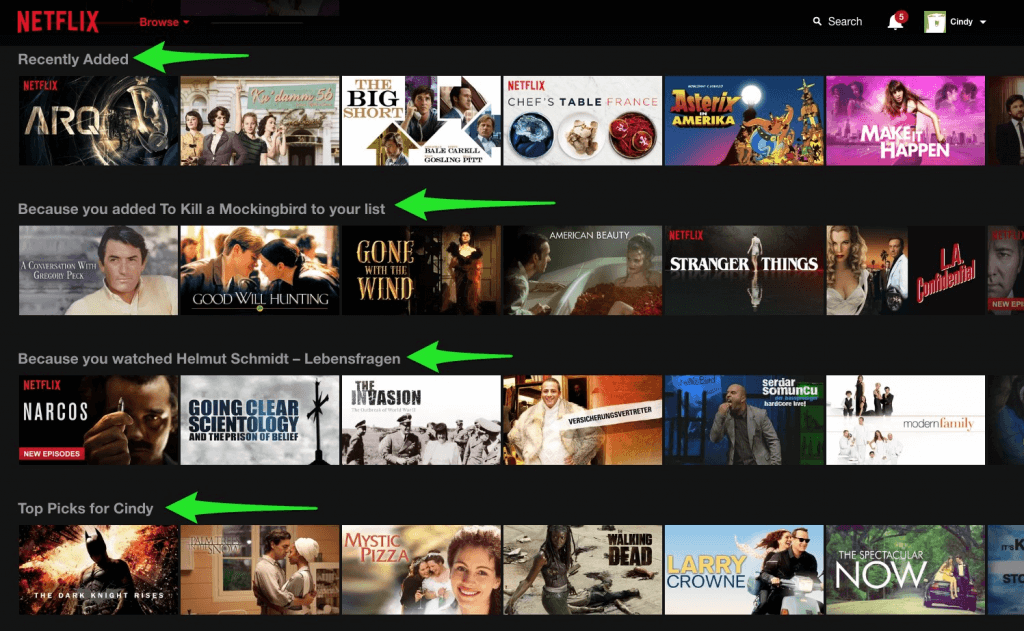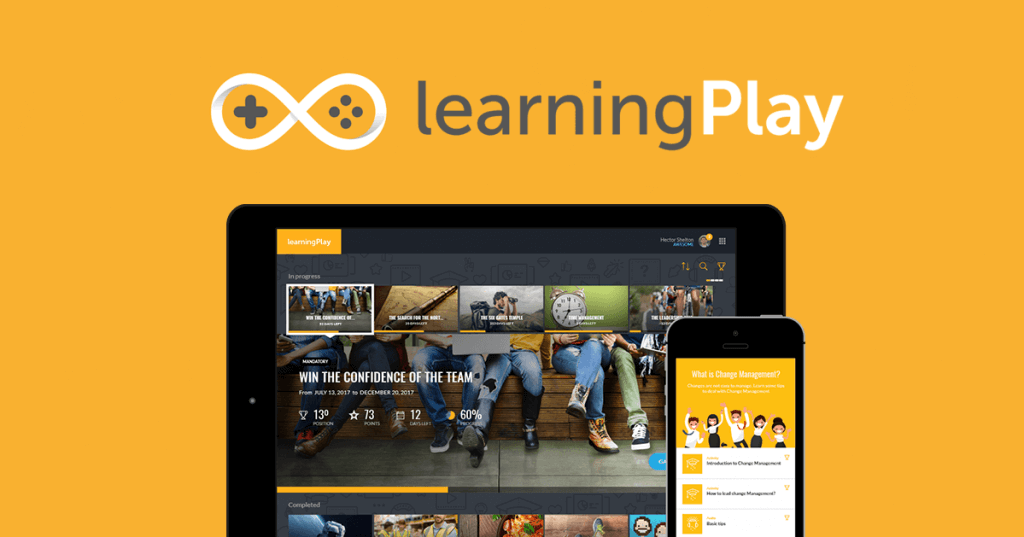Share
José Manuel Martín explains that it’s time to change the way we find and use our elearning content in our organisation.
For 20 years we have been following a model borrowed from our experience of education and learning, mimicking the philosophy of the university or school. That is, we’ve been offering our learners a catalogue of courses where they must register and navigate through the selected course and complete it.
But times have changed and we no longer consume content this way. We’ve become accustomed to the magic of Netflix and Spotify with their endless catalogues of contents. In these huge catalogues, it makes little sense to search. The systems themselves recommend content to users based in their interests. How do they do it? By showing us a catalogue selection based on their smart algorithms. They reveal the content that is ‘most popular’, or ‘trending now’. Or content relevant to something you enjoyed earlier.
It’s time for learning systems to follow suite. This isn’t too difficult to imagine; elearning content being the movies themselves; series or playlists are our learning routes.

The magic of Algorithms
The “recommendation” algorithms are adapted to what users expect from a learning system. That can include: “Compulsory content to be completed this week”, “Recommended content for your role” or “Reinforce/improve skills”.
These algorithms are more human-generated ‘tags’ –they’re also based on Machine Learning. This helps get a far strong labelling of the content (in the same way that Netflix does), so systems like Elastic become more relevant than ever.
They are not only useful to show a subset of interesting content for the user, they also bring new methods to reinforce learning. Imagine, for example, a forgetting curve algorithm that identifies how users are losing the acquired skills and knowledge over time and sends reinforcement programmes that lengthen the curve.
Channels are the content providers
The new learning systems do not aim to host all the resources, as ‘traditional’ LMSs have done. Instead, they integrate with other resource providers (e.g. TED, Lynda.com, Pluralsight).
Content from these channels create new playlists, routes or plans. These new systems enable learning managers to build these playlists. Better still, in a more decentralised model, experts or the content users themselves can.
All content can be commented and valued, often by a star rating system. This valuation is used to feed back the recommendation algorithms. This in turn generates a cycle of continuous improvement that will gradually convert the traditional searches for new courses into something of the past.
If you are interested in this type of navigation applied to learning platforms, check learningPlay, our gamified learning solution.
Share


